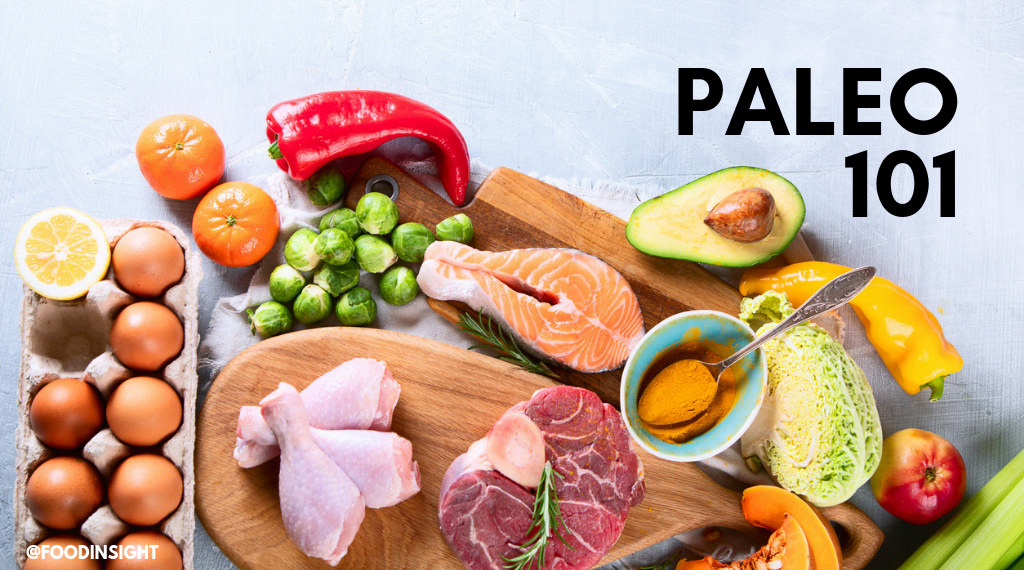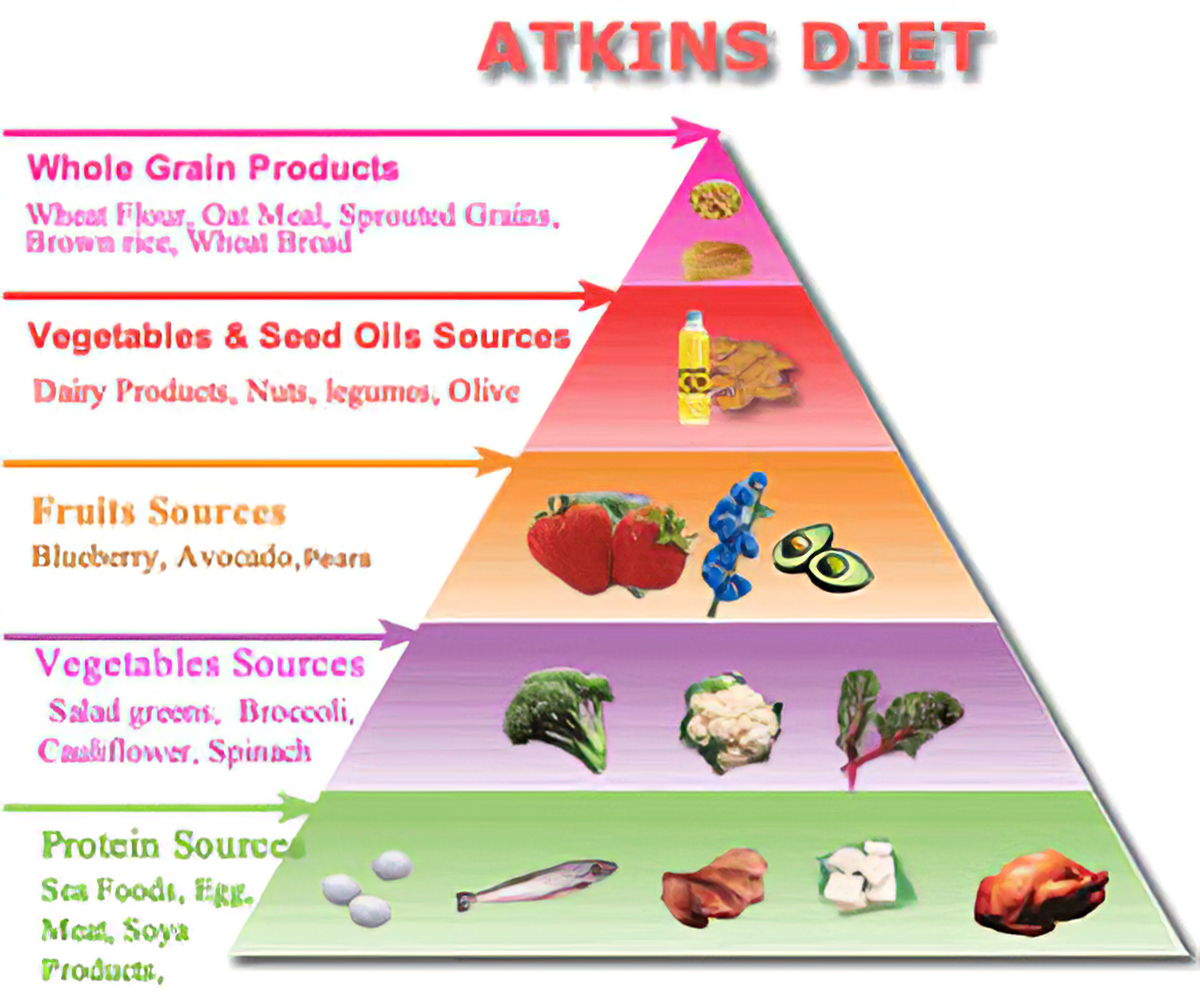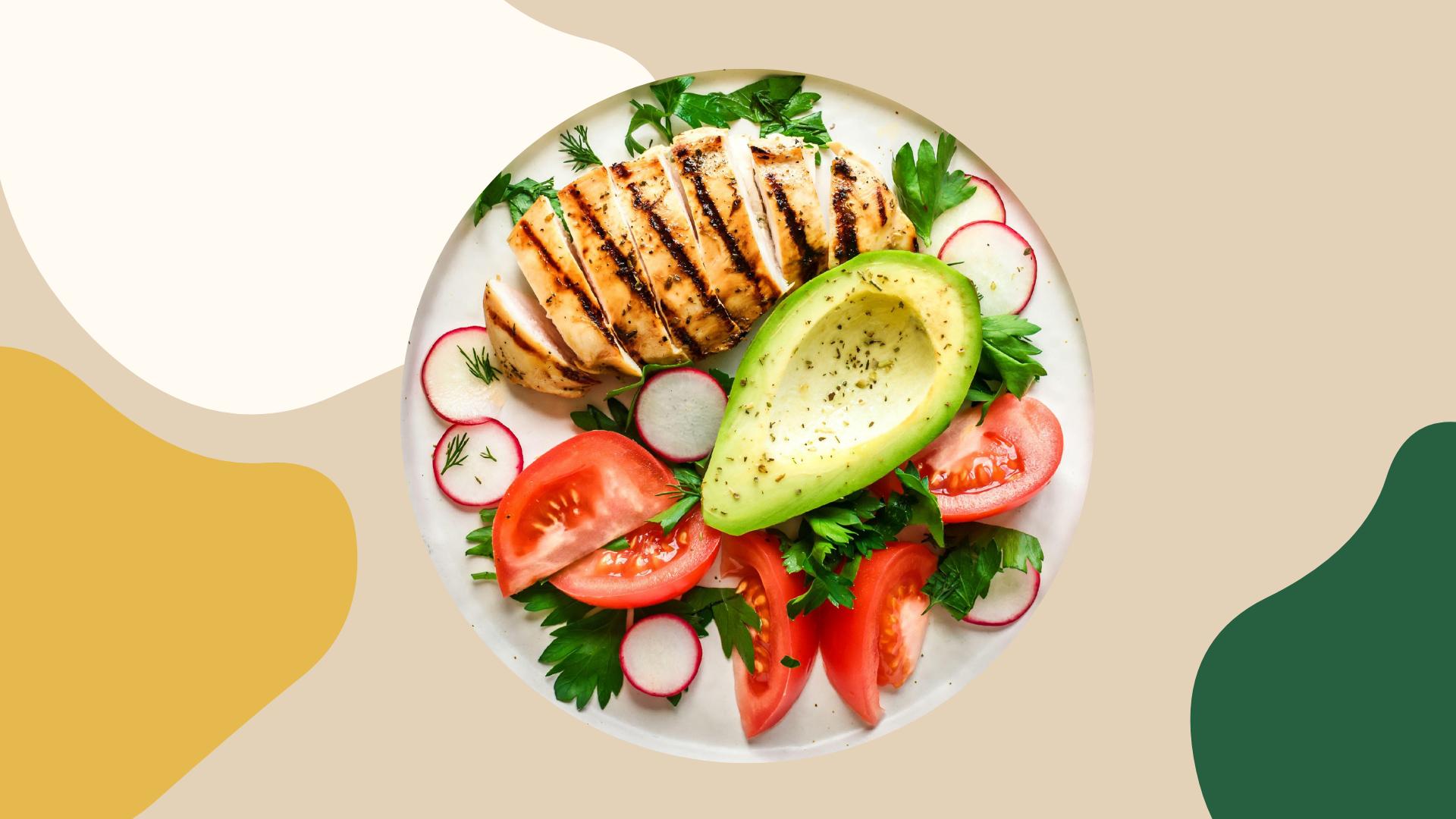
There are many differences in the paleo and ketogenic diets. The ketogenic and paleo diets require that you avoid grains and legumes. Here are some basics to consider before you decide which diet is right for your needs.
Grassfed meat
The differences between the Keto and Paleo diets lie in the types of food you can eat. Both diets promote the consumption unprocessed food, but they do not allow for the consumption processed meat or sugars. Keto diets can make grass-fed beef a good choice. It is simple to add to any diet. Grass-fed beef is more nutritious than conventionally raised beef.
Keto diet has low carbohydrate intake and allows you to eat a variety of meats including grass-fed. The keto diet emphasizes meat from healthy pastures that are free of hormones and antibiotics. A ketogenic diet does not require additional sugar or carbohydrates. Grass-fed meat is a better option. Grassfed meats tend to be sweeter that conventionally raised meats.
Grass-fed butter

It can be challenging to choose between keto and paleo when you're looking at diets. Although these diets emphasize high-quality protein, some include dairy products, such as butter. This is a gray area, as dairy proteins do not always play well with the immune system, and dairy carbohydrates can cause gastrointestinal problems. However, grass-fed milk butter is safe for both. It is also a staple for the keto diet.
Butter is full of many virtues, particularly when it comes from grass-fed. Not only are grass-fed butter rich in important nutrients, but it also contains conjugated linoleic, which can have anti-obesity properties. Butter is also a good source for fat-soluble vitamins. Saturated Fat is not an enemy. Many people are cautious about saturated fat due to the low-fat craze. Even if it is not the nutrient that you fear, butter can play a vital role in a well-balanced Paleo diet.
Unrefined oils
Unless you are on the Paleo/Keto diet, refined oils should be avoided. Their high content of saturated oils and their tendency for breakdown into toxins when heated is why they are so important. So how can we determine which ones are better for us? Let's take a closer look. Thankfully, these two diets do not necessarily contradict each other, and there is still scope for overlap.
Palm oil is rich in saturated fats. Different oils are produced by the palm tree. The most popular variety of oil is red palm, which has a warm flavour and high smokepoint. This oil can be used in place of sunflower oil and is paleo-friendly. Public Goods' organic cold pressed coconut oil contains no added chemicals and is unrefined. Lard is also a good choice for cooking. Lard is a monounsaturated fat and has neutral flavor.
Grass-fed dairy

One of the few allowed dairy products for the ketogenic diet is grassfed dairy. This is a controversial topic. However, some paleo members believe grass-fed butter is safe to eat. But the paleo community does not allow soy, which falls into the legume category. Although both diets are healthy, each one has its pros and cons. Soy is not allowed.
Keto is a diet that focuses on high-quality protein sources. This is especially important for those with a compromised gut or gluten/lactose intolerance. Also, grass-fed dairy has less lactose and casein than its conventional counterparts. In addition, grass-fed beef is an excellent choice for the keto diet because of its ease of integration into a ketogenic diet.
FAQ
What are the basics of cooking?
Basic cooking skills include being able to read and measure ingredients, prepare food safely, clean up after yourself, and cook. You need to master these skills if you want to cook for your own meals. Cooking is also a great way to save money since you don't have to eat out all the time.
How do I learn about cooking and baking?
There are many cooking classes available all over the country. Many schools offer classes in baking, pastry, wine tasting, and more. You can take a class at your local vocational school or community college if you are interested in learning more about cooking.
What is the cost of a culinary school?
Prices for Culinary School vary depending upon where you go, what program you select, and how long you stay there. The average tuition cost is $10,000-$30,000 annually. Most students graduate with about $20,000 in debt. Some programs offer scholarships, grants, or work-study opportunities.
How can I be motivated to cook?
It's fun to cook for your friends and family. Cooking for one is easier than cooking for another. Try something new if you want to feel motivated to cook. This way, you will learn about new ingredients and techniques. Additionally, you can learn about new ingredients and techniques by incorporating recipes from different cultures into your cooking.
How can leftovers be stored in the most efficient way?
Tupperware containers work well for leftovers. These containers keep foods fresh and prevent odors from forming. They also keep foods warm for longer. Remaining food can be frozen in freezer bag. You can freeze leftover food by placing it in another freezer bag. This will prevent any air from escaping. Once the food has been frozen, transfer it into an airtight container such as a zip lock bag.
Statistics
- under 10 Kids have been taught that there is special food just for them, and Fiese says that 10 percent of kids will throw a tantrum if they don't get the food they want. (washingtonpost.com)
- The median pay for a chef or head cook is $53,380 per year or $25.66/hour, according to the U.S. Bureau of Labor Statistics (BLS). (learnhowtobecome.org)
- According to the BLS, chefs earn $58,740 a year. (learnhowtobecome.org)
External Links
How To
How to make a perfect Omelette
Omelets are my favorite breakfast dish. But how do you create them perfectly? I've tried many different methods and recipes, but none of them seem to work! Today, I'd like to share some tips with you in order to make delicious and fluffy omelets every day.
When making omelets, it is important to be aware that eggs can be temperamental. You must get them fresh, organically, and keep them cold until you cook. You must keep them cool enough to allow the whites to form properly and the yolks to become too runny if they're not kept at the right temperature. This makes your omelets look weirdly colored. If you plan to cook the eggs right away, it is best to use room temperature eggs.
Another tip is to separate your egg before adding it into the pan. You don't want the white to get mixed with the yolk, as this could cause the egg to curdle.
The bottom part of an egg that is added directly to the stovetop might be burned, which could cause a ruined texture in your omelet. Instead, heat the egg in a microwave for 10 seconds and then place it in a pan. The heat from the microwave cooks the egg just enough without overcooking it.
Let's now talk about mixing eggs. Mixing eggs together is important. You need to beat them well. To do this, grab the bowl of the mixer and turn it upside down. Then shake the bowl vigorously. This will whip the air around the bowl and mix the egg well.
Now comes the fun part: adding the milk to your mixture. The first step is to pour half of the milk in the beaten eggs. Next, fold the eggs into the remaining milk. If you still see streaks of eggs, don't worry. These streaks will disappear once the omelet has been turned over.
After you have folded the eggs, heat the oil in a pan over medium heat. Once the oil has started to sizzle, turn the heat down to low. Add 1/4 cup butter to the oil and swirl it around to coat all sides of the pan. Next, carefully open the lid and sprinkle salt into your pan. Salt will prevent the omelet sticking to the pan.
Once the omelet forms, cover the pan again. Let the top side set completely. Flip the omelet over using a spatula or flip the pan upside down. Cook the other side for about a minute. Take out the omelet and place it in a bowl.
This recipe works best with whole milk, but skimmed milk also works.